
January from a Book of Hours (British Library)
Tonight at midnight most of the world will celebrate the new year. But few of our medieval counterparts used January 1 as the start of the new year. When your persona marked the change of the year depended on where you lived, and when.
Are you French, Italian, German, English, Byzantine? Each of these places celebrated the new year on a different date.
At least seven different calendar styles were used in the Christian West alone. And to make matters worse, some areas (Spain in particular) would use one convention for several centuries, change to another, then change to yet another style a few hundred years later.
Depending on when and where you lived in SCA period, New Year’s Day could be:
January 1: Circumcision Style – extends from Jan. 1 to Dec. 31. Named for the Feast of the Circumcision (eight Roman days after Jesus’s birth), this style, which is nearly universal now, was perhaps the least used style. Julius Caesar imposed this change on the Roman world with his new calendar in 46 BC, and many others have tried to implement it at different times during SCA period. William the Conqueror made January 1 the beginning of the new year in England, but the people used March 25 for most purposes.
March 1: Venetian Style – from March 1 of the given year (2019) to the last day of February of the subsequent year 2020). Derived from the pre-Caesarian Roman style, it was used by the Merovingian Franks and was the official style in Venice until 1797. So for the Venetians, the new year will not begin for three months.
March 25: Annunciation Style – begins the year on March 25 of the previous year (stilus pisanus 2020) or on March 25 of the given year (stilus florentinus, mos anglicanus 2019). This was one of the most popular styles during the Middle Ages. In England, March 25, or Lady Day, still marked the beginning of the new year for a variety of purposes.
Although they used the Annunciation Style in Pisa, they started counting a year earlier than everyone else. In other words, the new year might begin on March 25 in both Pisa and Florence, but in Piza it already would be 2019, and would become 2020 in March, while in Florence it would still be 2018 until March 25, when it would become 2019.
Easter Style – Begins the year on the movable feast of Easter Sunday of the given year. Sometimes the year is too short, and other times too long. This year would run from Easter Sunday, April 21, 2019 to Holy Saturday, April 11, 2020. Because Easter can fall on a day somewhere between March 22 and April 25, there is a possibility a date could occur twice in one year. The two dates had to be distinguished by marking them “after Easter” and “before Easter.” This style was the most popular one in France.
September 1: Byzantine Style – extends from September 1 of the previous year (2018) to August 31 of the given year (2019), in accordance with the Byzantine use of dating from the creation of the world.
This style was used by areas influenced by Constantinople, particularly during early period. Since Justinian’s time it was the day taxes were due.
September 24: Indictio Bedana – extends from September 24 of the previous year (2018) to September 23 of the given year (2019). Introduced by England’s “Venerable” Bede during the late 8th century, it was never used in that country, although later it was widely used on the Continent, especially in Germany and by the Imperial chancellery. It uses a date near the fall equinox, rather than the spring equinox, for the beginning of the year.
December 25: Christmas Style – extends from December 25 of the previous year (2018) to December 24 of the given year (2019). This is the style most widely used in the Middle Ages. It is the style that held sway during Anglo-Saxon England’s era, as well as being the New Year of choice for parts of France and Spain for 200 years.
Completely confused? You’re not alone. Historian Reginald Poole gave the following example:
“If we suppose a traveler to set out from Venice on March 1, 1245, the first day of the Venetian year, he would find himself in 1244 when he reached Florence; and if after a short stay he went on to Pisa, the year 1246 would already have begun there. Continuing his journey westward, he would find himself again in 1245 when he entered Provence, and on arriving in France before Easter (April 21) he would be once more in 1244. This seems a bewildering tangle of dates.”
The easiest way to determine how your persona would have dated the year is to use the online Calendar Utility created and maintained by Dr. Otfried Lieberknecht at: http://www.lieberknecht.de/~prg/calendar.htm. This is an amazingly useful tool. You can type in a Roman-style date and find out what its modern-style calendar date is. You can plug in any date and see what its official Roman calendar date is, along with what year it would be. For example, today is ii Kalendas (or Primus Kalendas) Januarius (the day before the Kalends of January) 2018 for me, because my persona is 12th century English. My new year is nearly four months away.
For those with non-Christian or early period personas, the task of identifying New Year’s Day can be challenging. In non-Christian parts of Europe, such as Scandinavia, parts of Germany and eastern Europe, local pagan customs prevailed. Most celebrated the new year sometime in March, usually tied to a spring fertility festival, although customs vary widely.
For those with Muslim personas or with personas that lived in Islamic-ruled areas of Spain or Sicily, tying the Muslim New Year to a Christian calendar date can be a challenge. Because the Muslims use a strictly lunar calendar, the Islamic year is only 354 days long. The Islamic new year begins eleven days earlier each year. It changes months and seasons regularly. Perhaps someone with a Muslim persona knows of a similar calendar utility to figure out historical dates. If so, please share.
And while Jewish personas would, of course, celebrate Rosh Hashanah in September, they most likely would keep secular records the same way others in their area did.
So to all of you, Happy New Year – sometime this year.



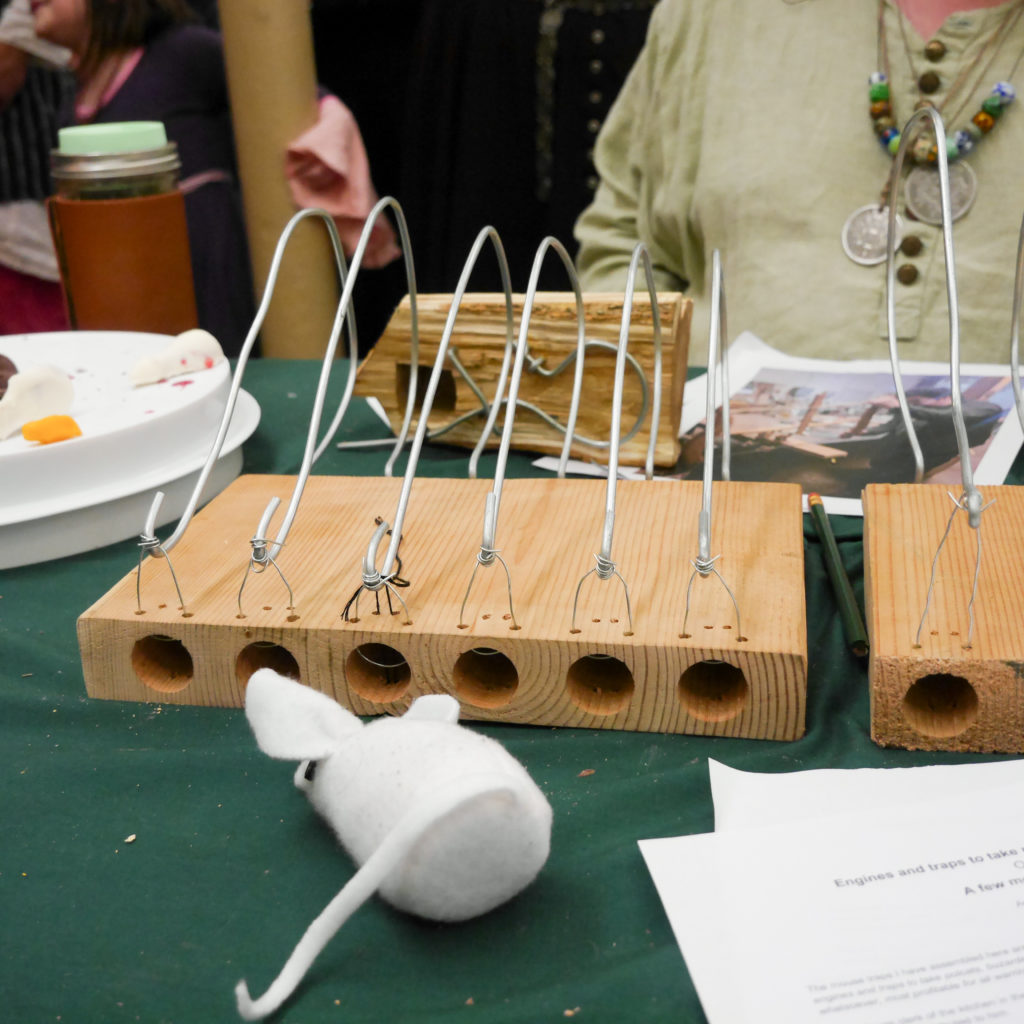
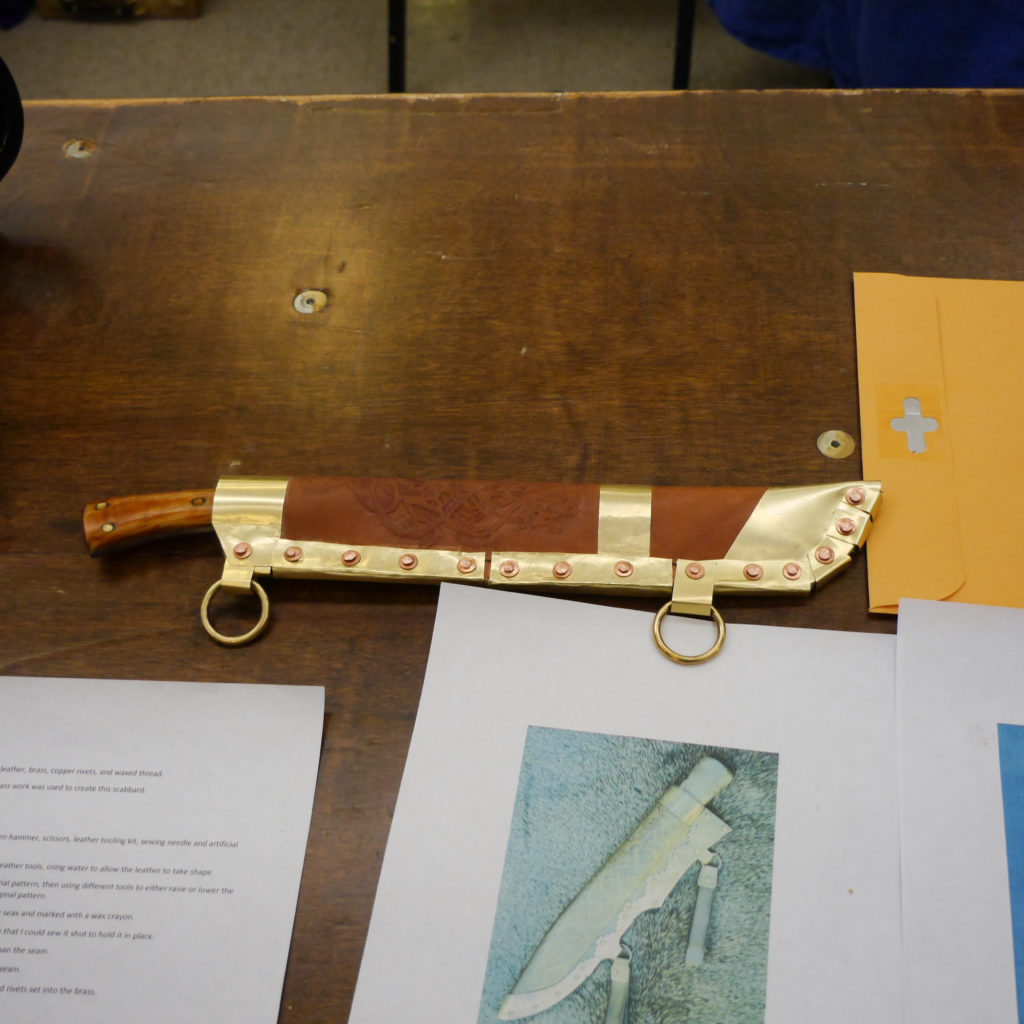
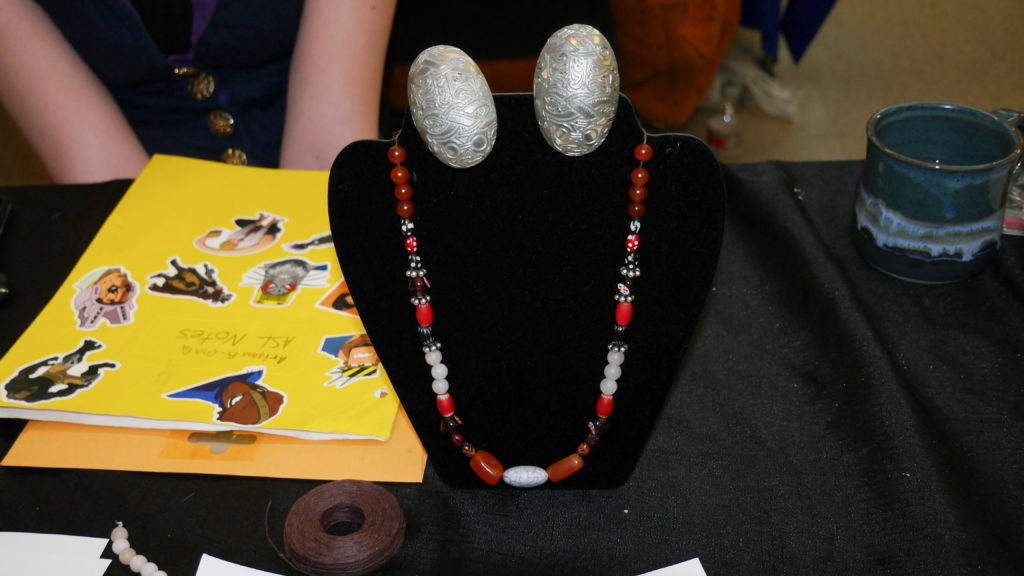
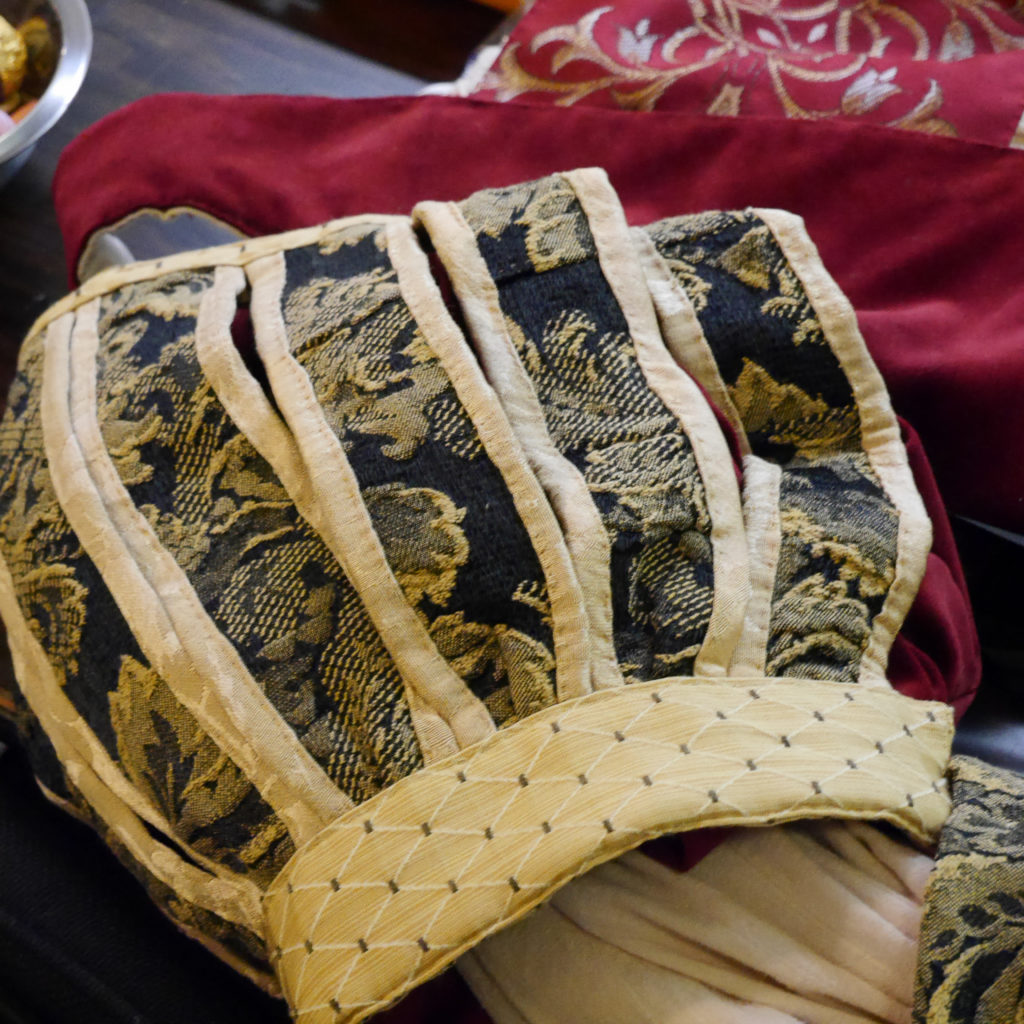

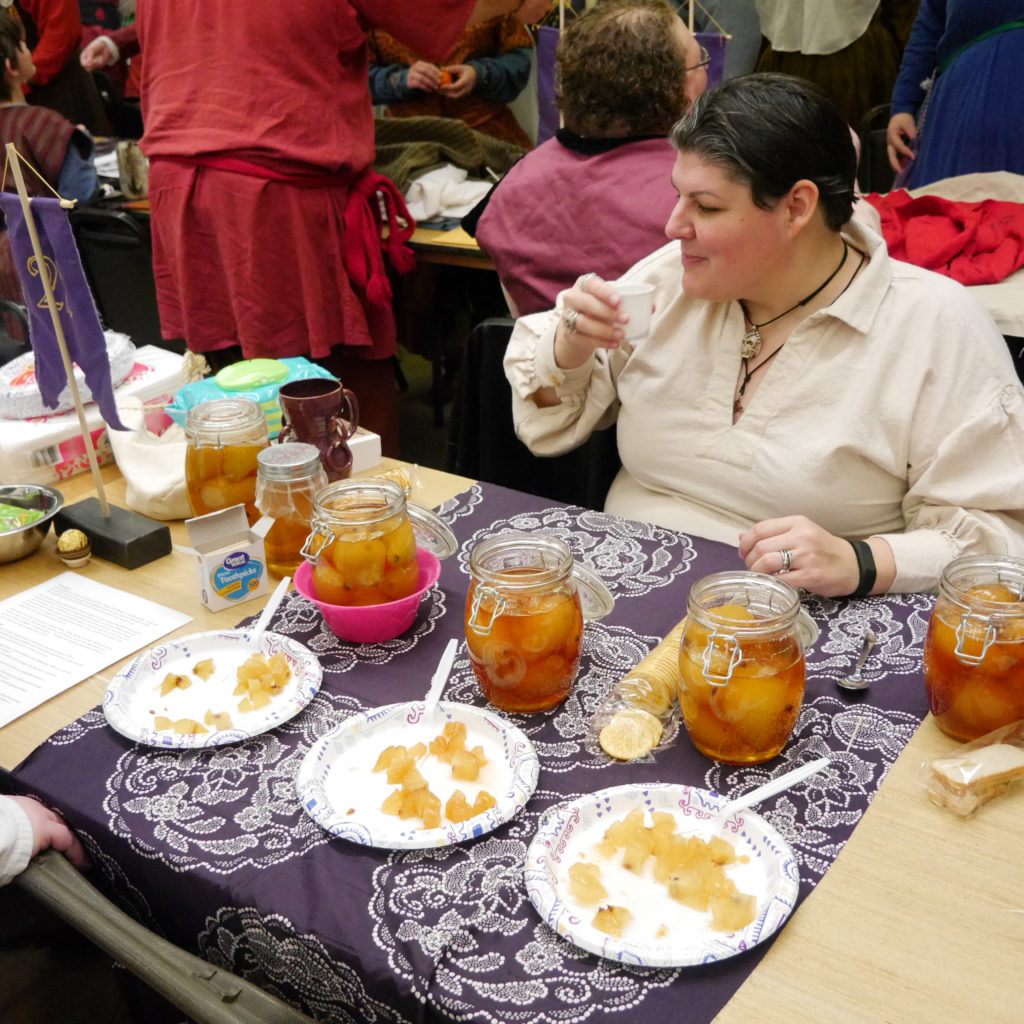

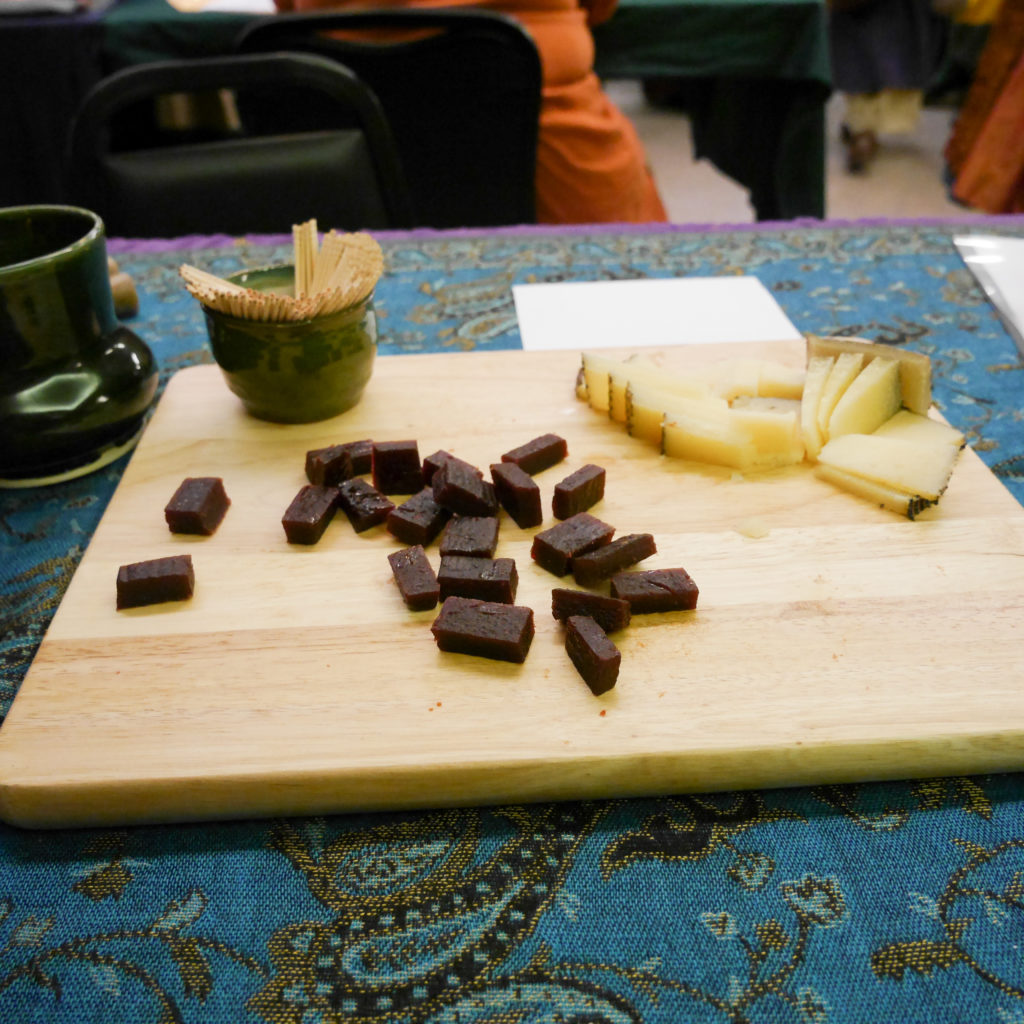
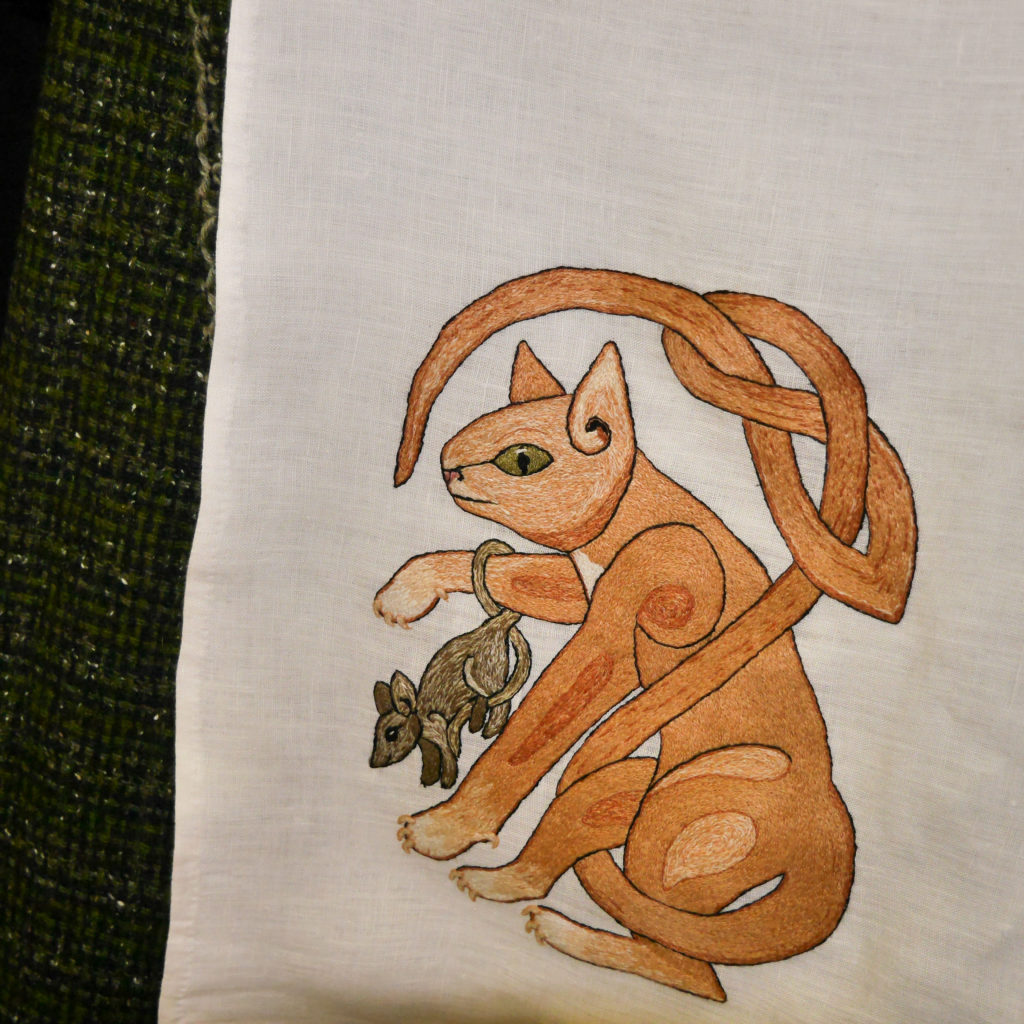

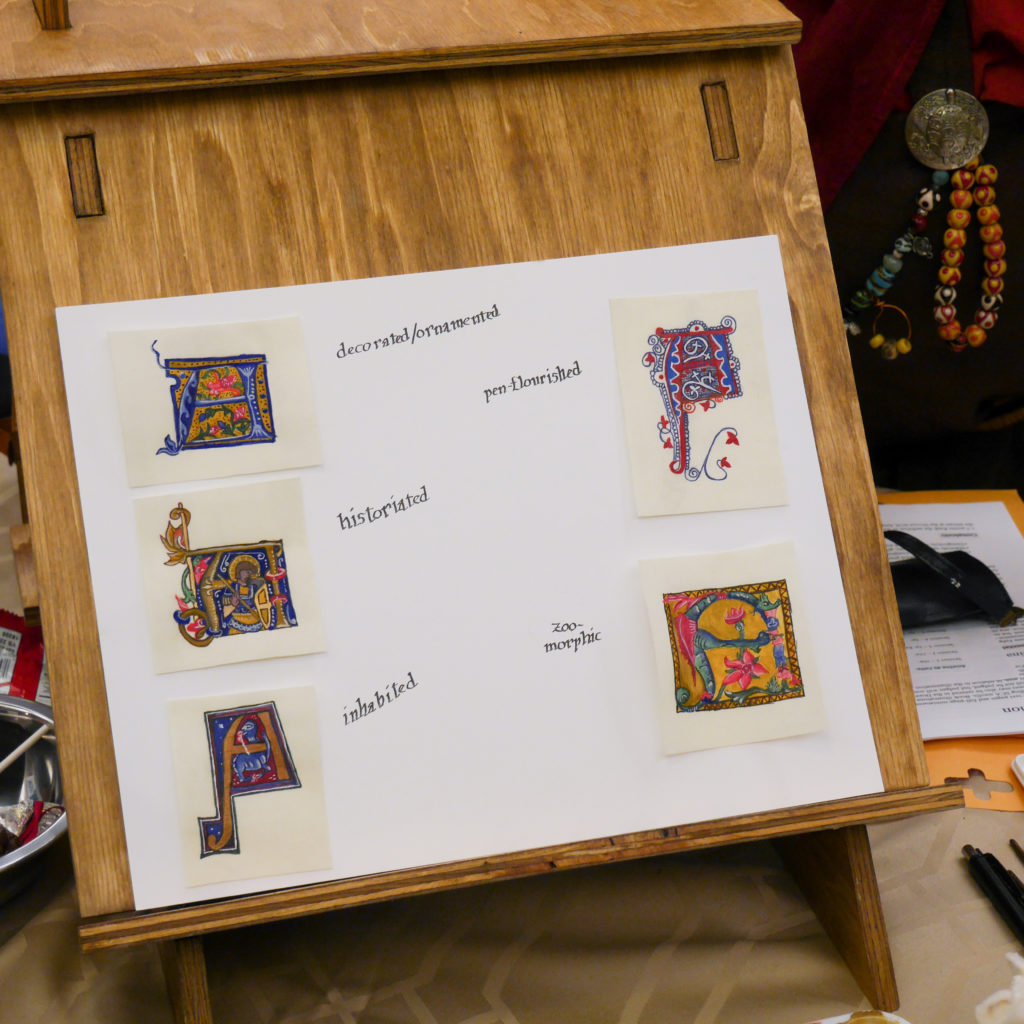
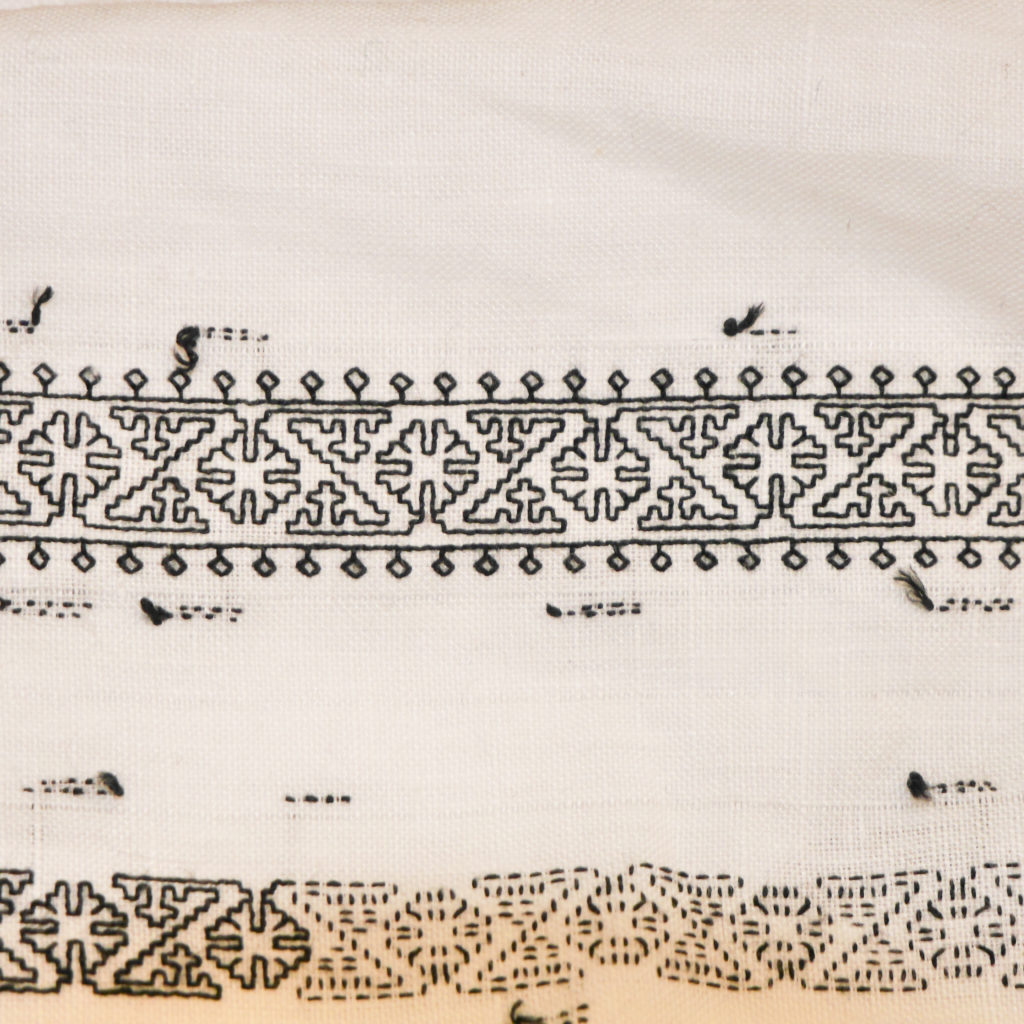
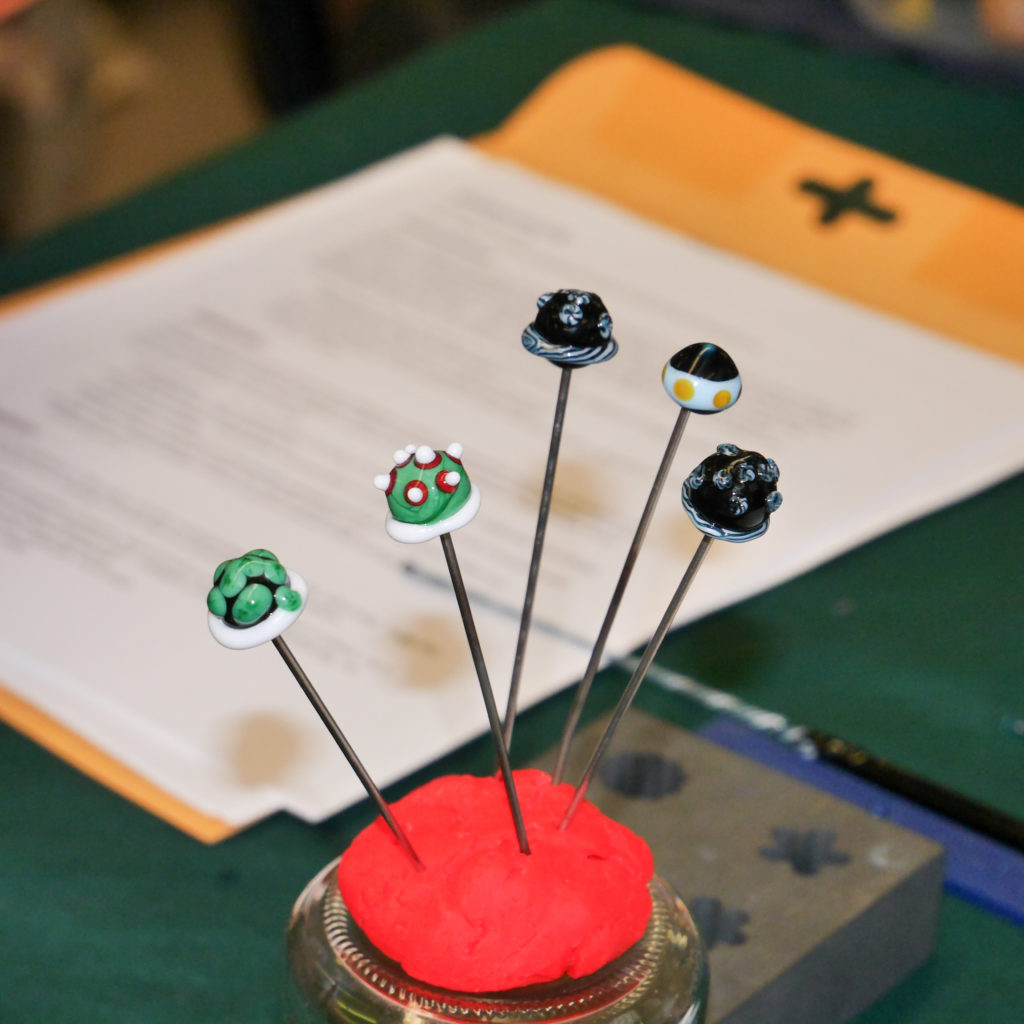
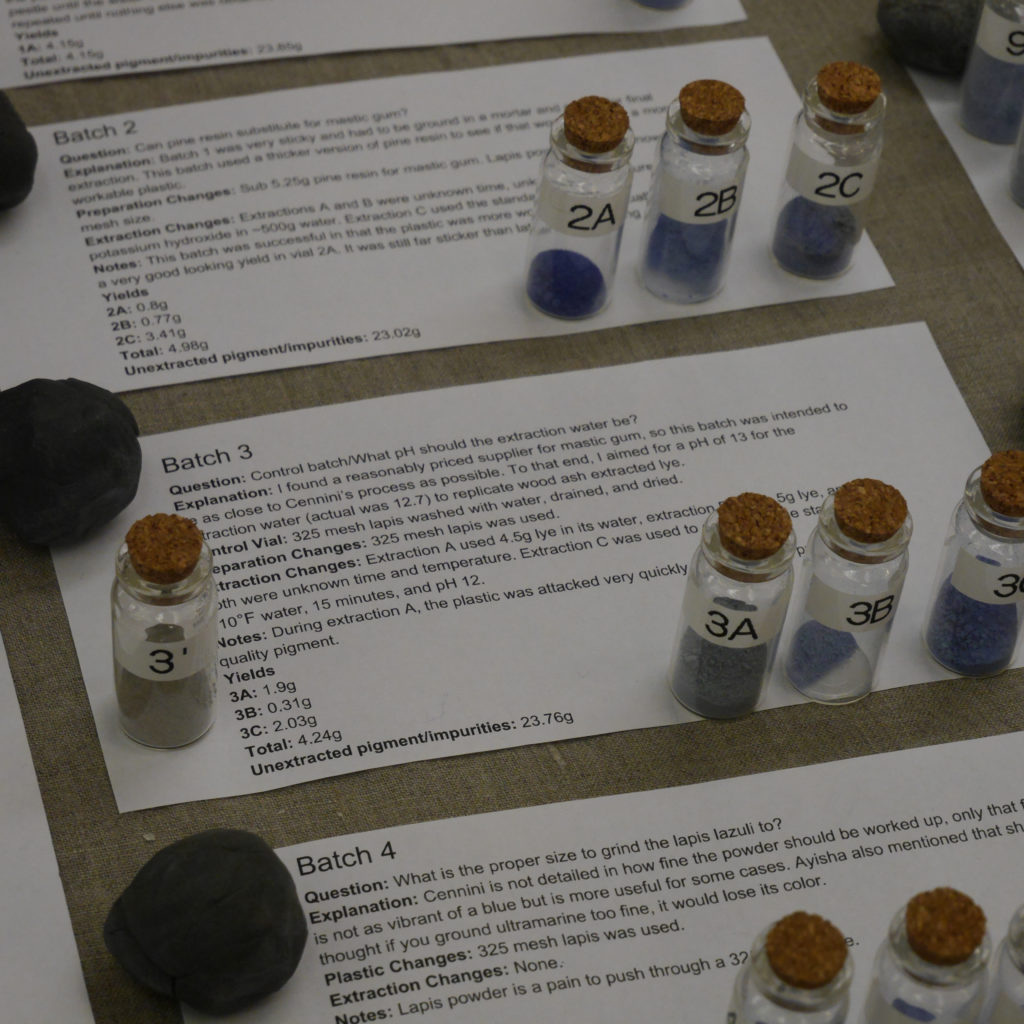

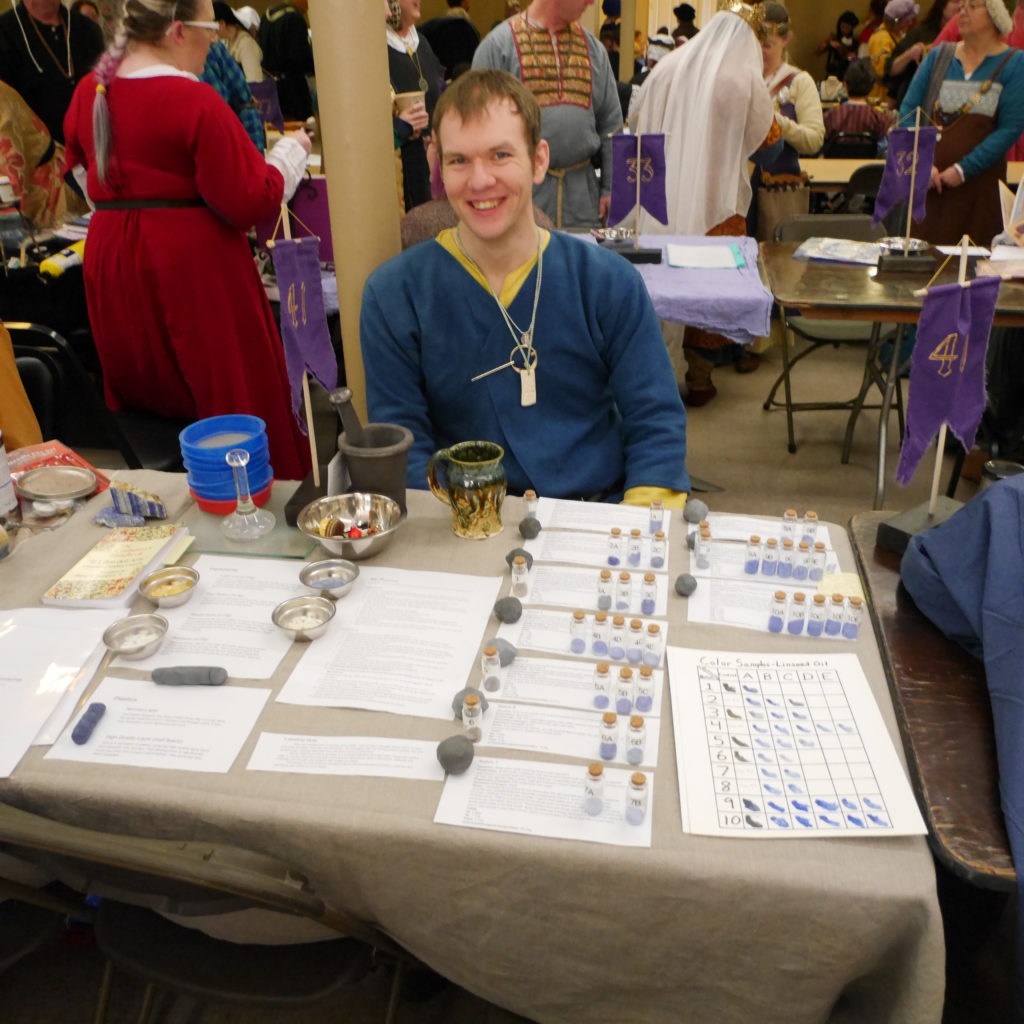
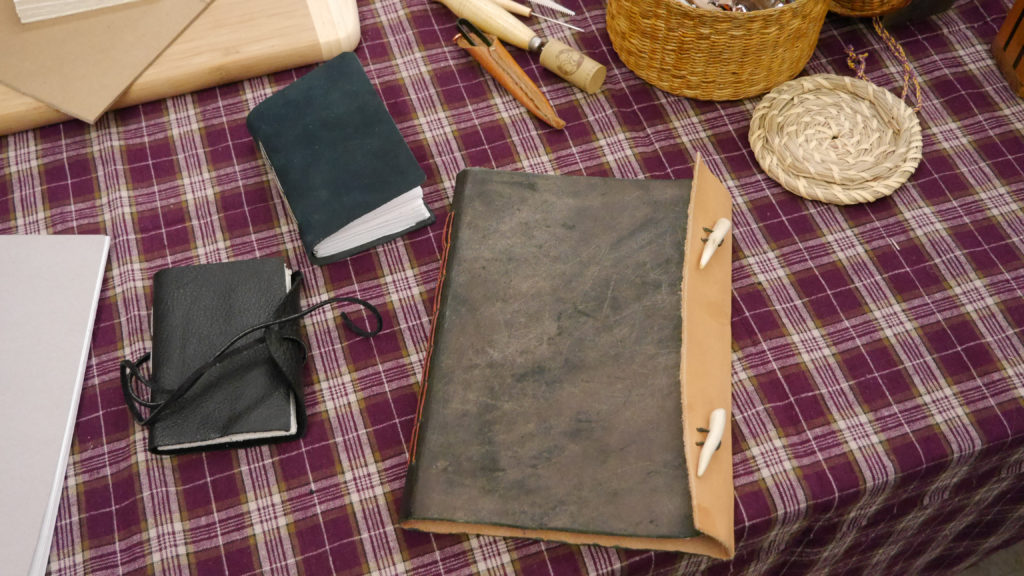
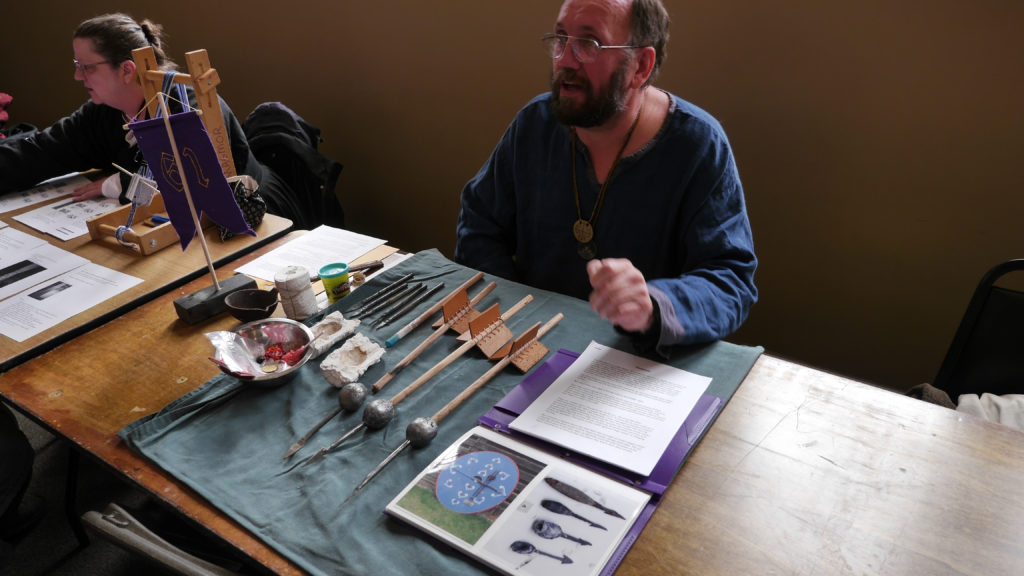
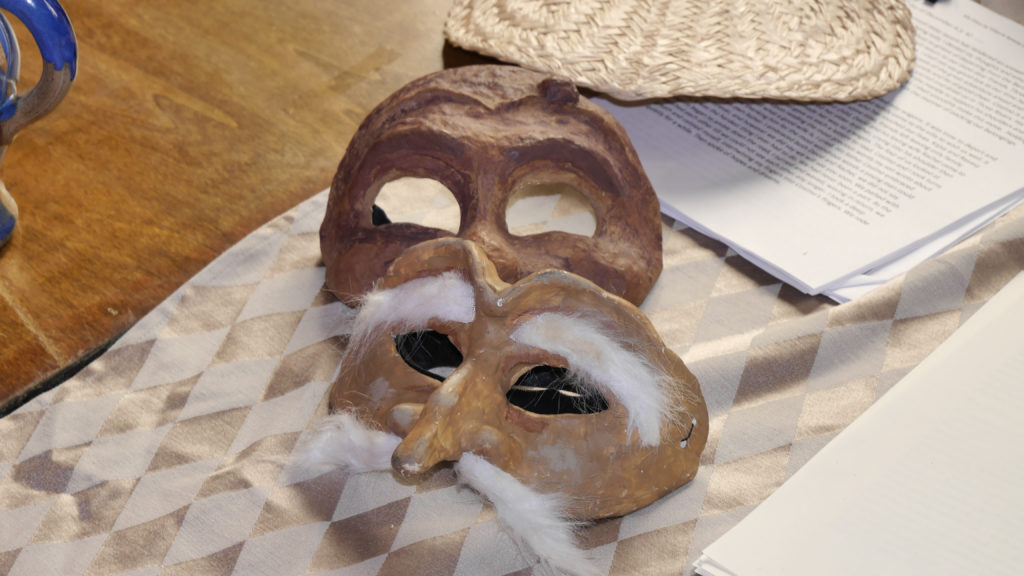

 The Scandinavians lived in and colonized places so far north that the time measuring conventions of continental Europe were inadequate. Not only were the days of winter so much shorter than they were further south, the sun barely rose above the horizon, with a track that arched only slightly higher at noon than it did during the rest of the day.
The Scandinavians lived in and colonized places so far north that the time measuring conventions of continental Europe were inadequate. Not only were the days of winter so much shorter than they were further south, the sun barely rose above the horizon, with a track that arched only slightly higher at noon than it did during the rest of the day.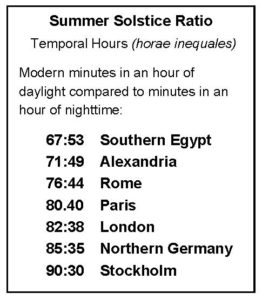
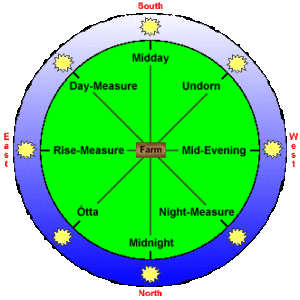 Instead the Scandinavians divided the day into eight equal parts. In the winter the sun would still be below the horizon for much of the day, but “daymarks” (dagmarks) could be measured even during the shortest days of the year. That’s because daymarks relied on the direction of the sun. The Scandinavian system divided the horizon into eight sections by direction (north, northeast, east, southeast, south, southwest, west and northwest).
Instead the Scandinavians divided the day into eight equal parts. In the winter the sun would still be below the horizon for much of the day, but “daymarks” (dagmarks) could be measured even during the shortest days of the year. That’s because daymarks relied on the direction of the sun. The Scandinavian system divided the horizon into eight sections by direction (north, northeast, east, southeast, south, southwest, west and northwest).



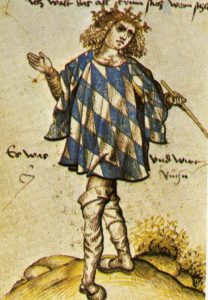



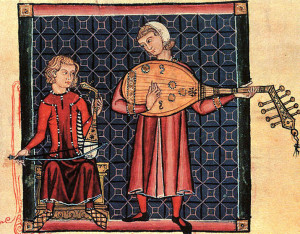
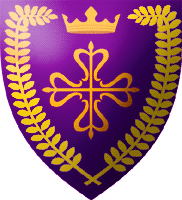
You must be logged in to post a comment.